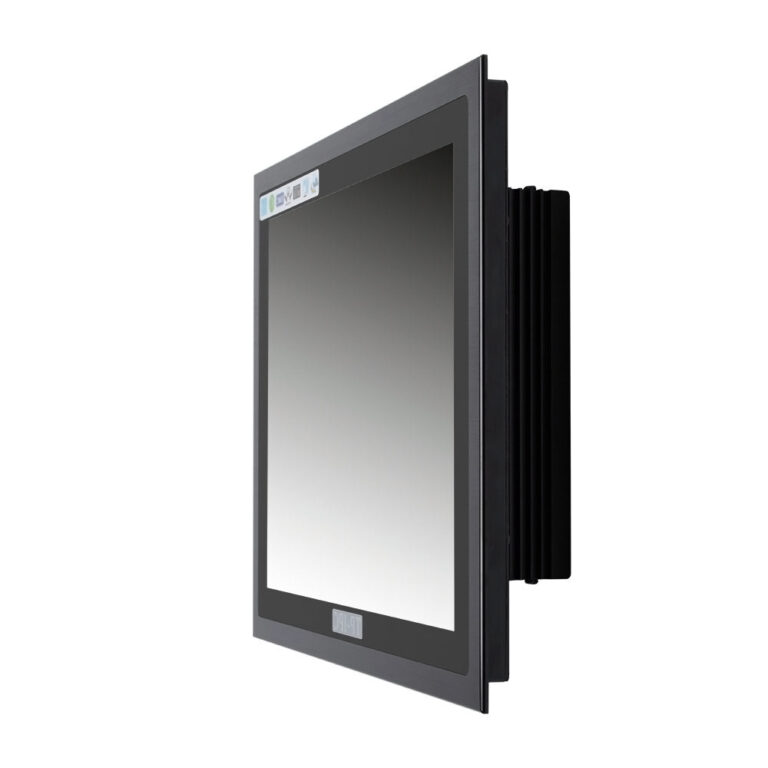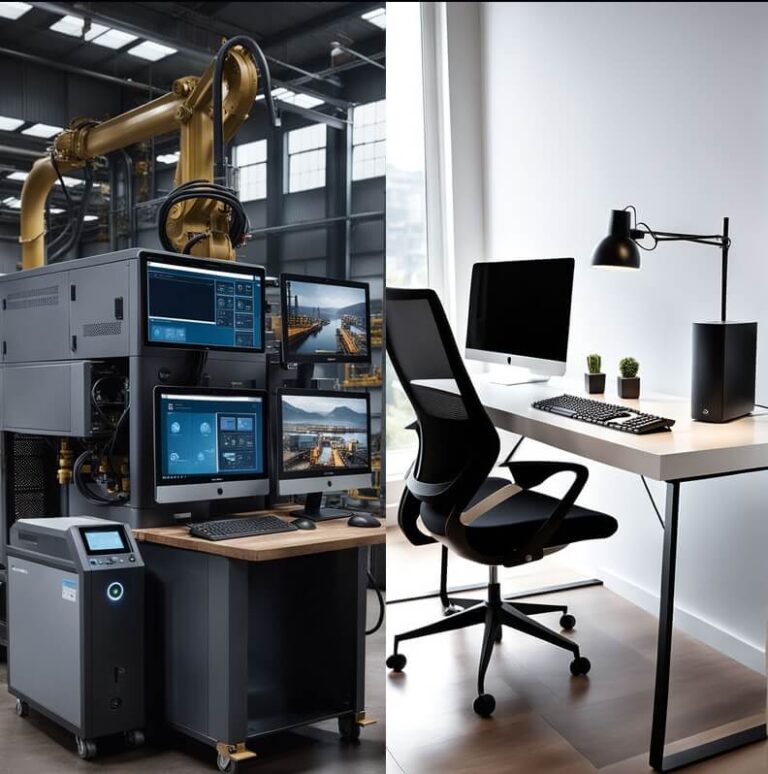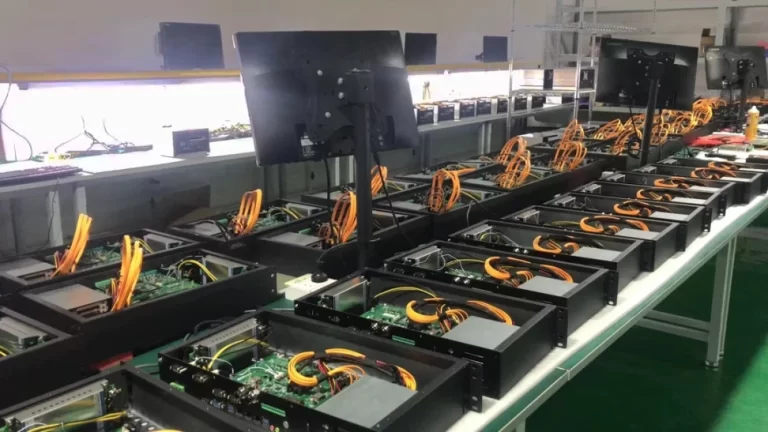1. Southeast Asia’s Automation Boom: Challenges and Opportunities
Southeast Asia’s manufacturing sector is thriving (Vietnam’s GDP grew 7% in 2023; Indonesia’s electronics exports surged 12%), driving demand for affordable automation solutions. While 60% of precision components like linear guides and ball screws are imported—45% from China—the region’s cost sensitivity often overshadows nuanced sourcing strategies.
Case Study: A Thai Manufacturer’s Turnaround
A Thai auto parts maker initially faced challenges with early-generation Chinese linear rails (20% higher repair rates). However, by partnering with a Tier-1 Chinese supplier to upgrade materials and lubrication systems, they reduced downtime by 35% within a year. This highlights a critical lesson: not all Chinese suppliers are equal—collaborative partnerships unlock value.
2. The Evolving Strengths of China’s Supply Chain
Cost-Efficiency Meets Innovation
- Precision Gains: Leading Chinese brands now achieve ±15μm ball screw accuracy (90% of Japanese equivalents) at 50-60% lower cost.
- Customization: Shenzhen-based suppliers design humidity-resistant linear motors for Malaysia’s semiconductor sector, addressing regional pain points.
- Speed-to-Market: Average lead times of 4 weeks vs. 12+ weeks for European brands.
Beyond Price: The New Chinese Playbook
- Localized Support: Top suppliers like HIWIN and CSK now stock spare parts in Vietnam/Thailand, offering 24/7 technical support.
- Sustainability: Recyclable aluminum alloy rails reduce waste (e.g., a Philippine food plant cut scrap costs by 18%).
3. How Southeast Asian Designers Can Maximize Value
Step 1: Tiered Sourcing – Match Components to Needs
- Mission-Critical Parts: Partner with certified Chinese innovators (ISO 9001, SGS reports) for high-precision guides/screws.
- Non-Critical Parts: Source brackets, frames locally; use Chinese CAD models to ensure compatibility.
Step 2: Co-Design with Suppliers
- Example: A Thai robotics firm collaborated with a Guangdong supplier to optimize rail coatings for high humidity, cutting maintenance costs 40%.
Step 3: Leverage Total Cost of Ownership (TCO)
TCO=Purchase Price+Maintenance+Downtime \text{TCO} = \text{Purchase Price} + \text{Maintenance} + \text{Downtime} TCO=Purchase Price+Maintenance+Downtime
- Chinese Solution: $200/m rail + $100 maintenance + $200 downtime = $500
- Japanese Solution: $450/m rail + $50 maintenance + $80 downtime = $580
Key Insight: Advanced Chinese suppliers now rival premium brands in TCO when properly vetted.
4. Case Study: How Chinese Suppliers Enable Success
The Indonesian Packaging Machine Maker
- Challenge: Needed cost-effective linear actuators for palm oil packaging (high dust, 80% humidity).
- Solution: A Jiangsu supplier developed stainless-steel rails with integrated dust seals, priced 30% below Japanese options.
- Result: 18-month lifespan (vs. 12 months for off-the-shelf Chinese parts), saving $120,000 annually.
5. Building Trust: A 3-Step Framework for Chinese Suppliers
- Transparency: Share third-party test reports (e.g., 500-hour lifespan trials) and Southeast Asian client references.
- Co-Innovation: Offer free design consultations to optimize components for local conditions.
- After-Sales Commitment: Provide 2-year AMCs (Annual Maintenance Contracts) with guaranteed response times.
6. The Road Ahead: China’s Role in Southeast Asia’s Automation Future
- Smart Localization: Chinese firms like TBI Motion now assemble rails in Vietnam, blending cost efficiency with regional agility.
- Tech Transfer: Training programs upskill Southeast Asian engineers on precision maintenance—bridging the skills gap.
7. A Message to Southeast Asian Buyers
“The cheapest bidder is rarely the best partner. But China’s top-tier suppliers are rewriting the rules—delivering Japanese-grade precision at ASEAN-friendly prices. The key? Treat them as strategic allies, not commodity vendors.”
Final Takeaway: For Southeast Asian automation designers, Chinese suppliers are no longer just a “budget option.” By partnering with innovators who prioritize R&D and localization, you gain a competitive edge: high performance without the premium price tag. The Thai and Indonesian cases prove that with the right collaboration, “Made in China” means “Made for Southeast Asia.”



